The painting is part of a series of six works dedicated to the life of the Virgin and created by the artist for Scuola degli Albanesi. The canvas shows the
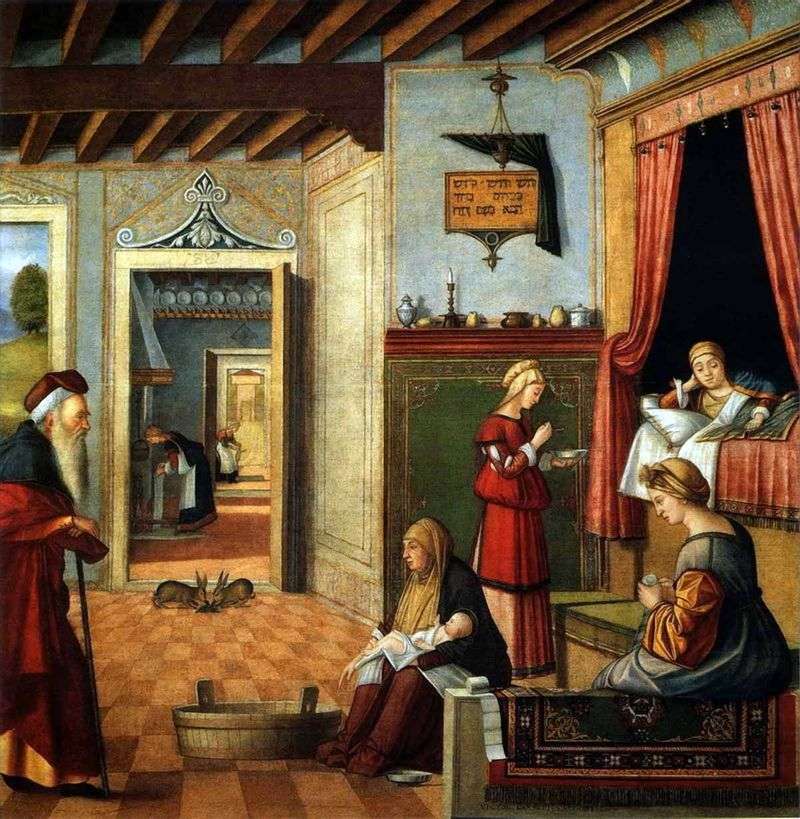

The painting is part of a series of six works dedicated to the life of the Virgin and created by the artist for Scuola degli Albanesi. The canvas shows the
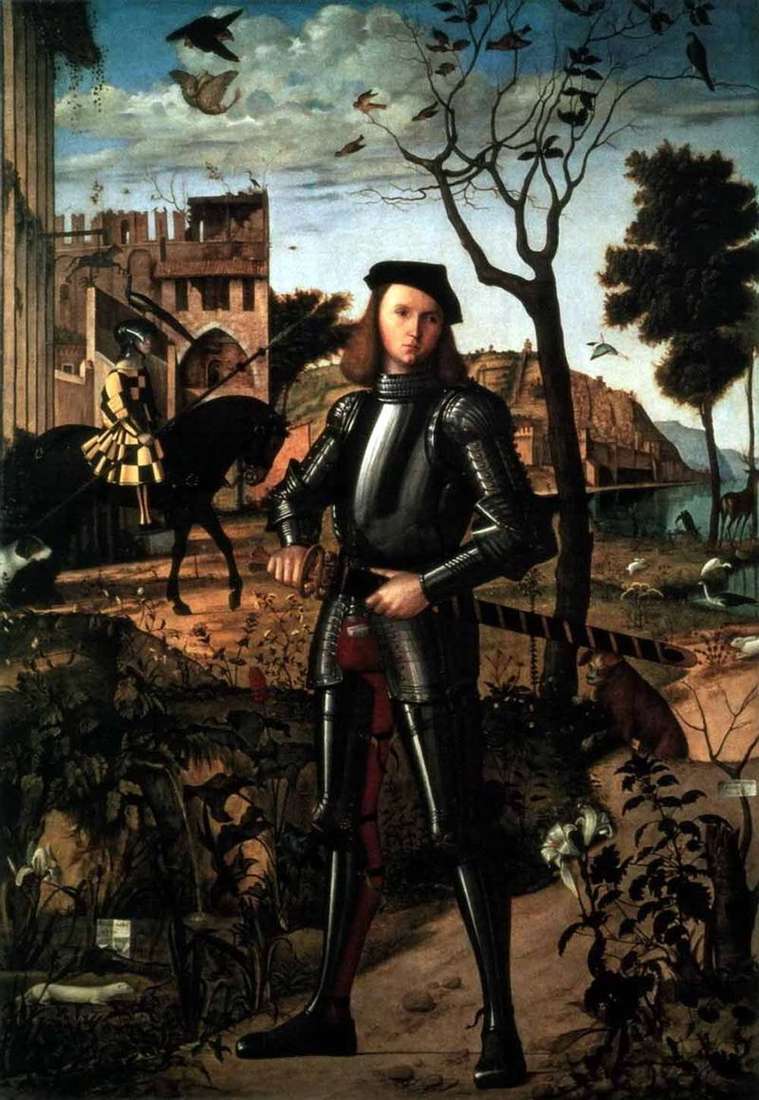
This painting is so unusual for Venetian painting, that for a long time its author was considered Durer. Too North “seemed this work thanks to calligraphically prescribed plants in the
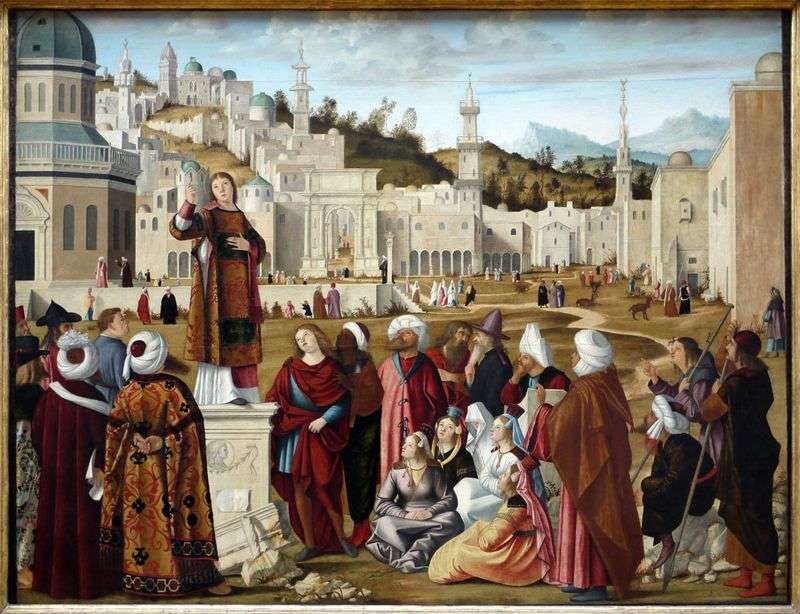
A series of paintings by Carpaccio, dedicated to the life of St. Stefan and written for the theological school “Scuola di Santo Stefano” in Venice, was started in 1511. Carpaccio
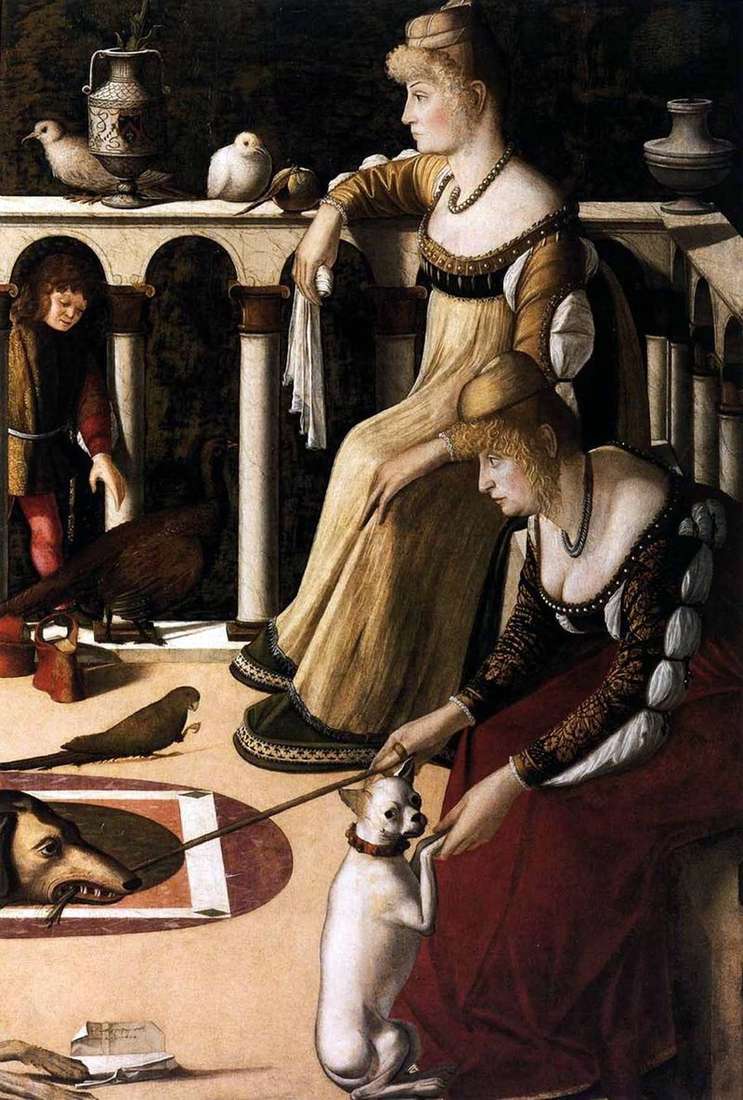
Among the paintings of Vittore Carpaccio there is one that strikes the viewer with its unusual. For a long time, it was customary to call Courtesans on the balcony, “but
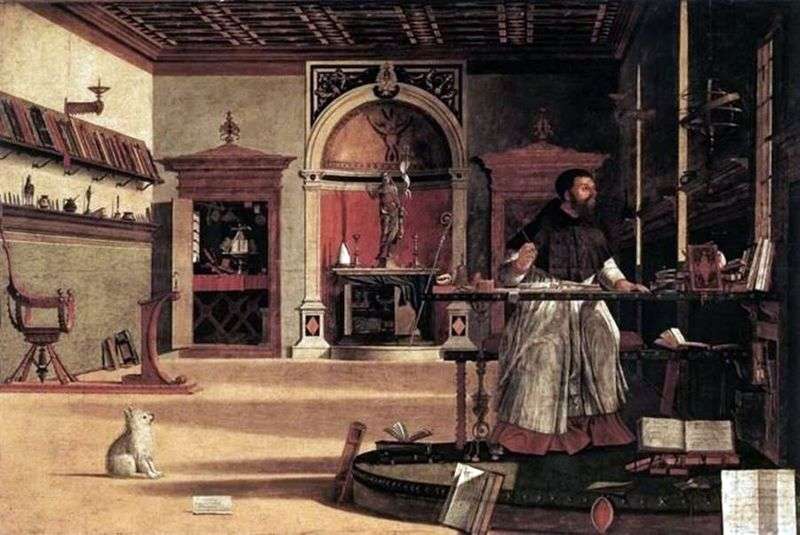
Augustine is depicted in his cell. He does not yet know about the death of St. Jerome, he is in meditation on the glory and joy of God’s servant, who,
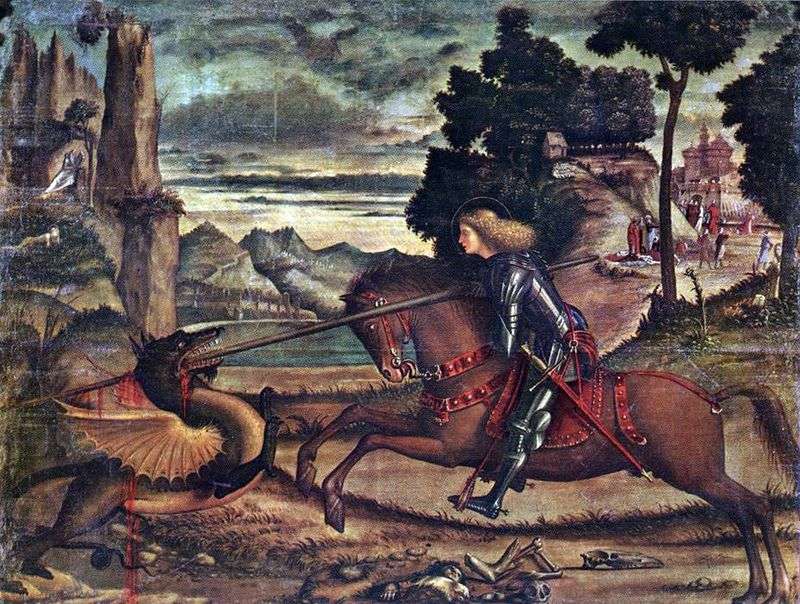
Picture of Vittore Carpaccio “Saint George, striking the dragon”. The size of the picture is 180 x 226 cm, canvas, oil. The second cycle of paintings, which is no longer
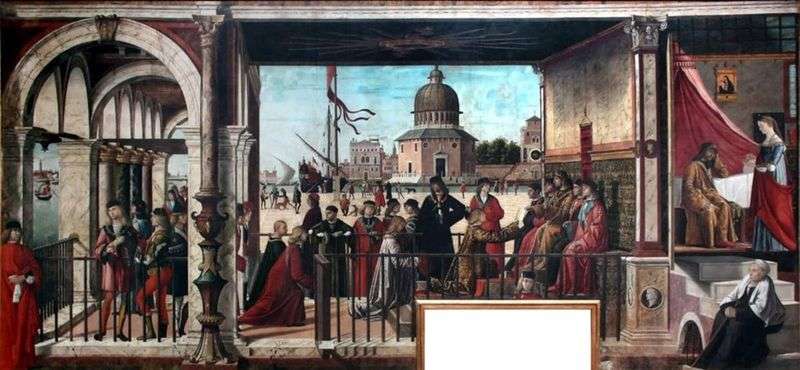
The most famous work of Carpaccio, a series of paintings depicting the legend of Saint Ursula, can be described in the same words as Gentile’s paintings. You are present at
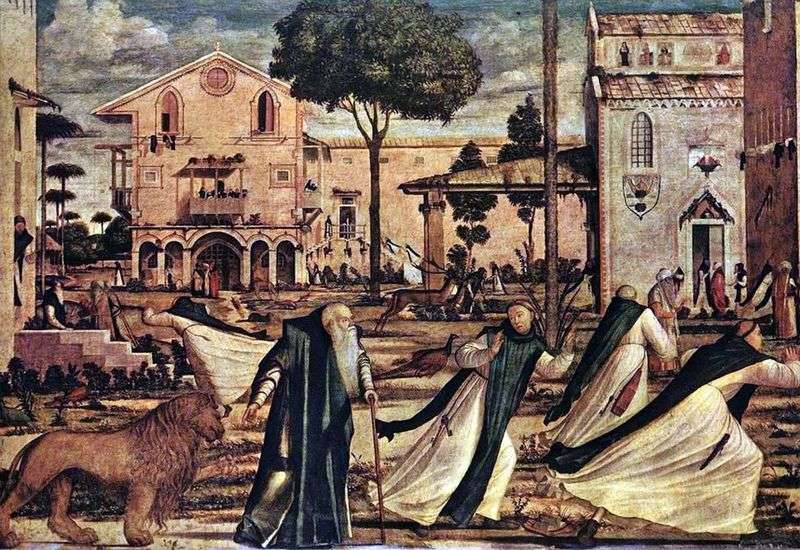
Each picture from the cycle for Scuola di San Giorgio is more independent, self-contained than the pictures of the cycle of Saint Ursula. This is due primarily to the fact
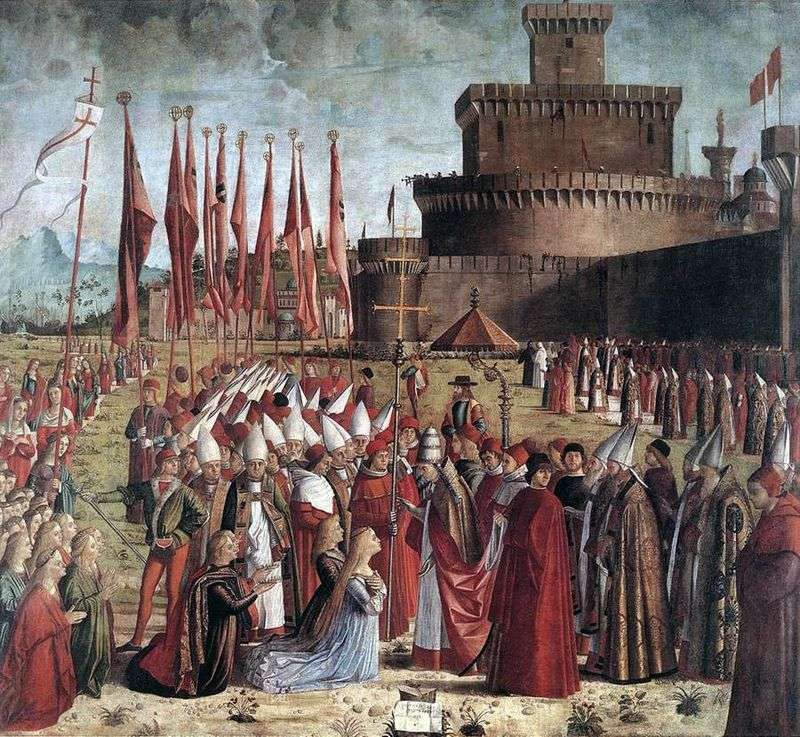
Picture of Vittore Carpaccio “Meeting of Saint Ursula and pilgrims with the Roman Pope Kyriak”. The size of the canvas is 281 x 307 cm, canvas, tempera. A picture from
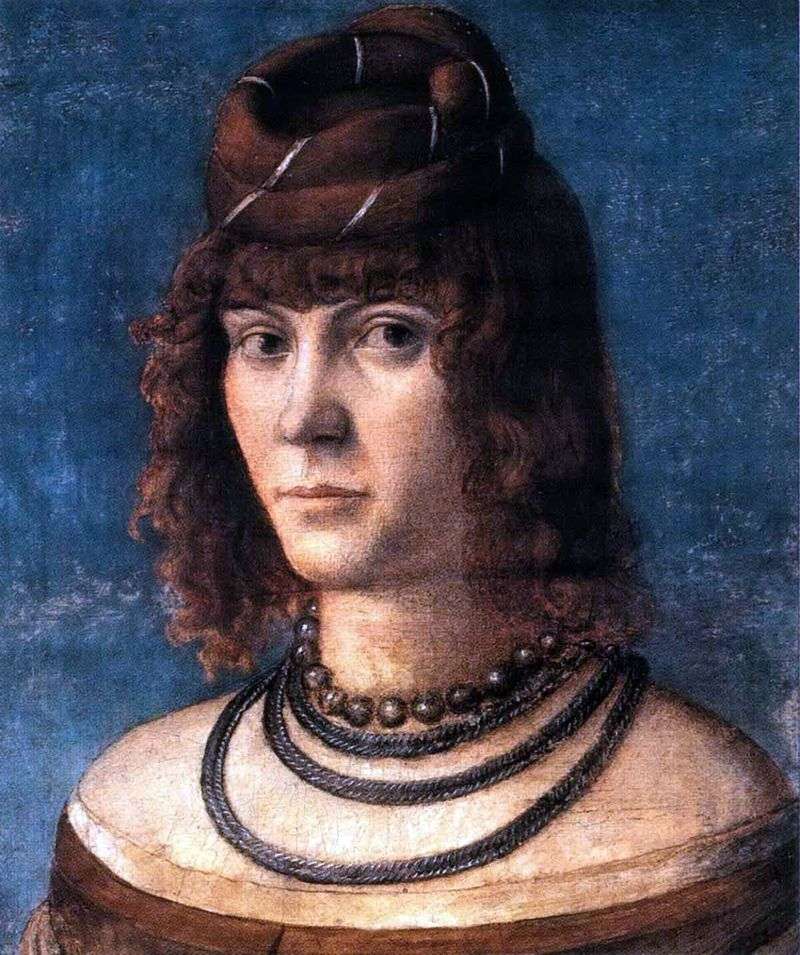
The genre of the portrait was not close to Carpaccio. He almost did not address him, and therefore even those portraits that are attributed to him, some researchers tend to
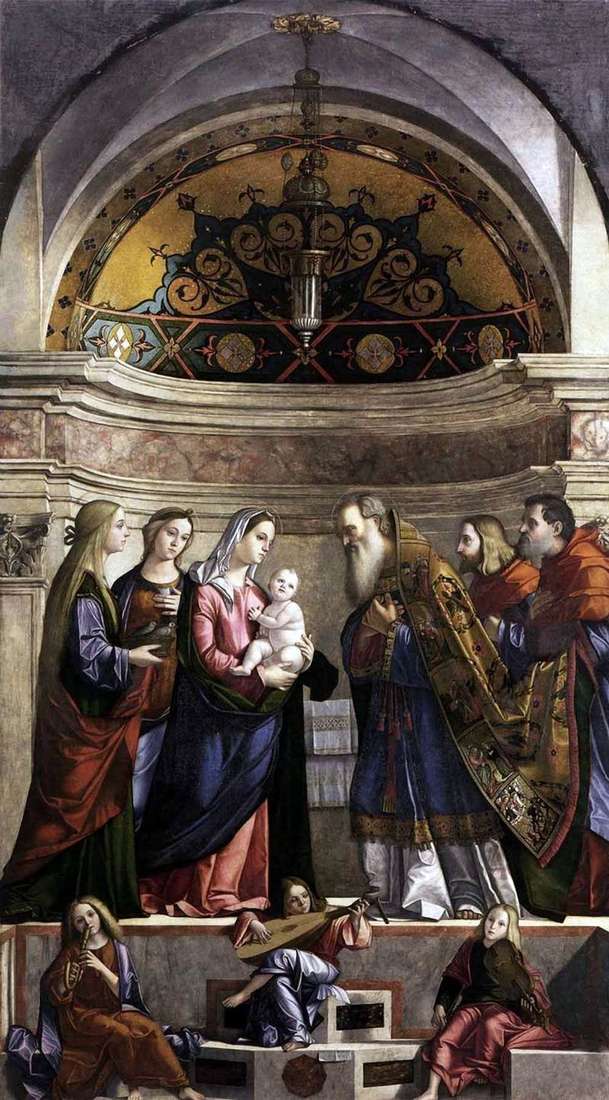
This painting, designed for the church of San Jobbe, had to compete with the Madonna with the saints “Giovanni Bellini, written for the same church. Especially curious is the boy-lute
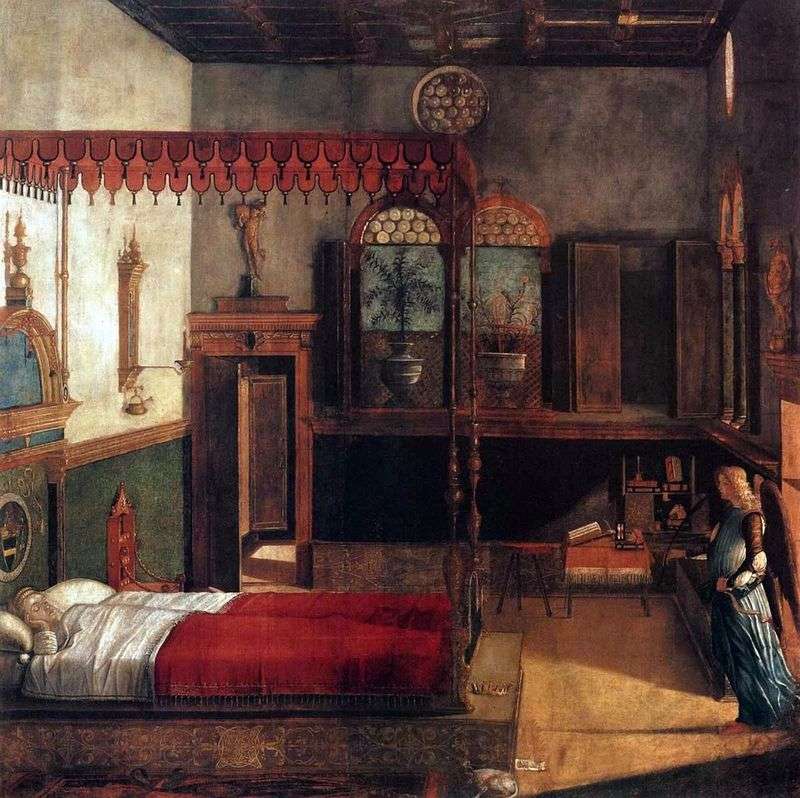
The dream of Saint Ursula “can be safely called a masterpiece.” From the point of view of the development of events, “the picture does not occupy an important place in
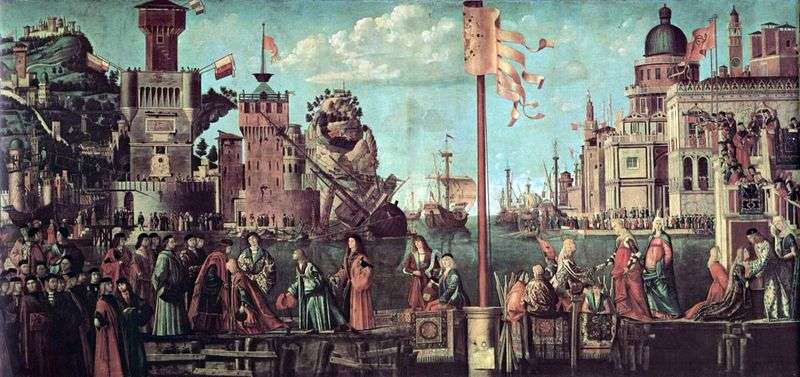
The largest canvas of the cycle of Saint Ursula reveals his potential customer. At the foot of the pillar-flagpole dividing the composition according to the principle of the golden section,
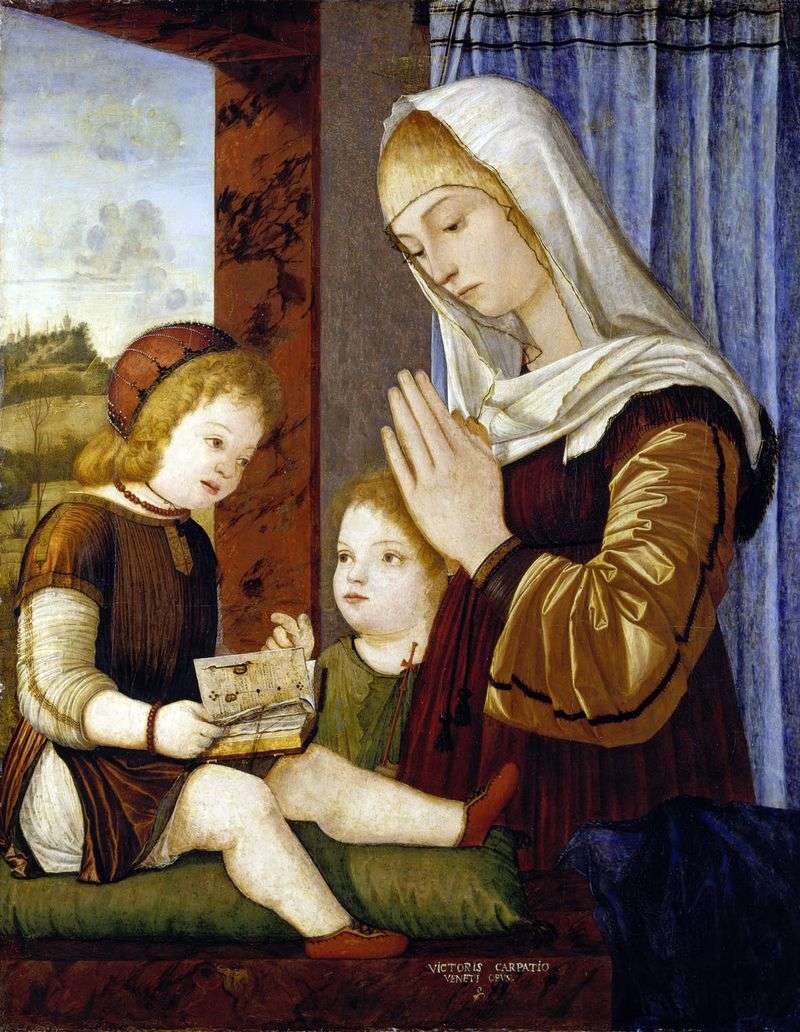
Carpaccio quite often treated religious subjects in a genre key – more often than contemporary Venetian painters. However, one of his religious paintings is unusual even for him. This is
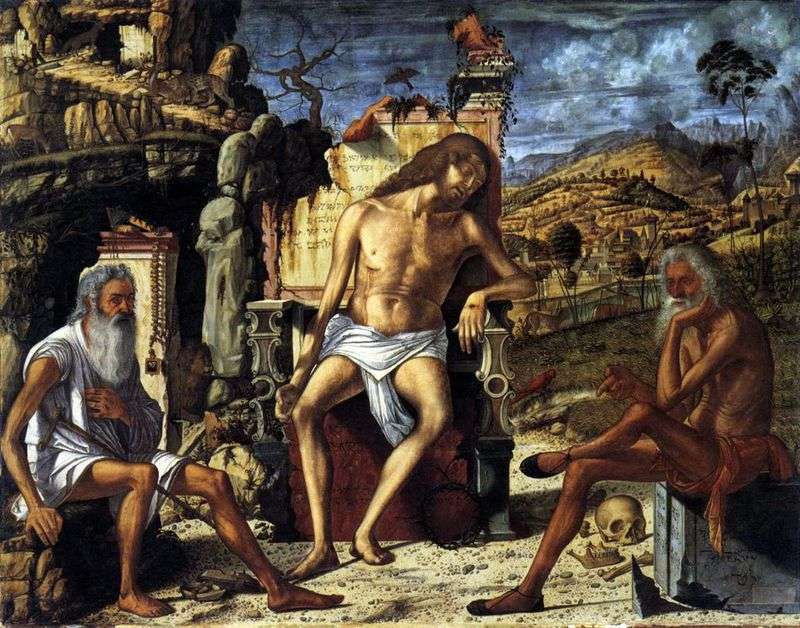
In this picture, Vittore Carpaccio turned to the particularly worried Venetian painters of the time the theme of mystical experience. The artist portrayed the dead, with his pierced hands, feet
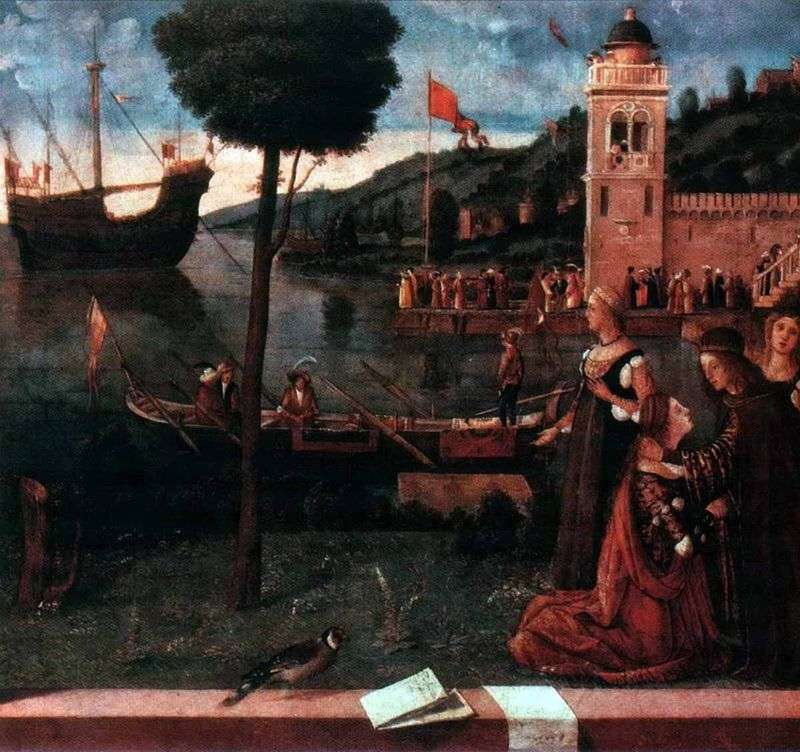
In 1488, Scuola di Sant Orsola decided to decorate its premises at the monastery of St. John and Paul. Soon after this decision was taken, the brotherhood of Saint Ursula
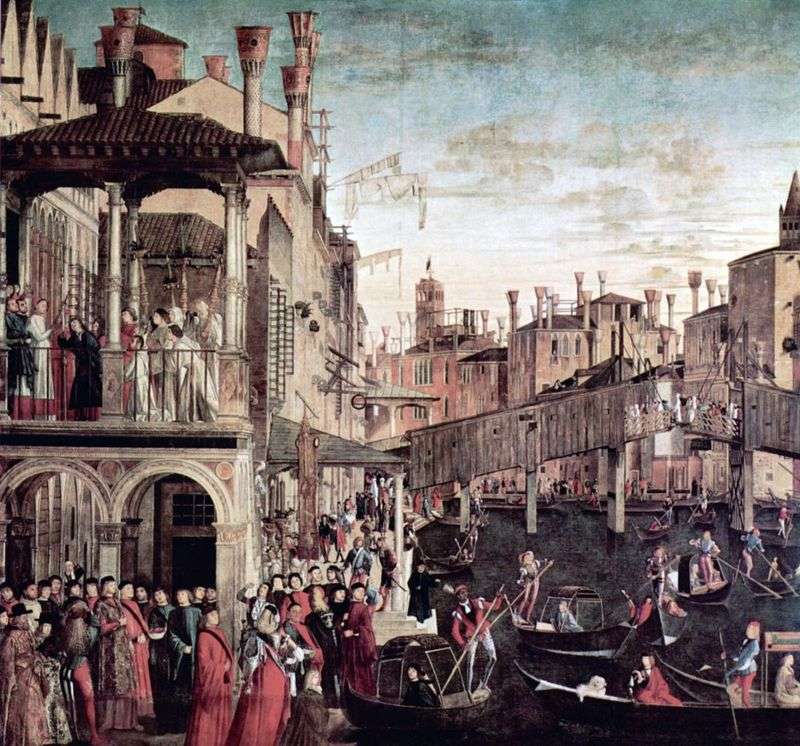
Grandiose on the artistic and canonical scale of the late 15th century, the painting by Wittore Carpaccio “The Miracle of the Relic of the Holy Cross.” The size of the
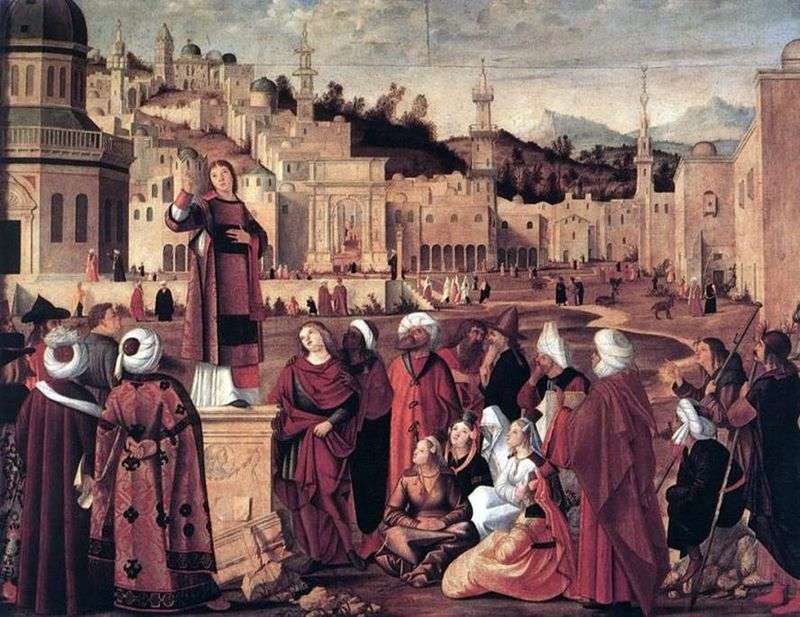
Sculpture by Vittore Carpaccio “Preaching of St. Stephen in front of the gates of Jerusalem”. The size of the painting is 152 x 195 cm, canvas, tempera. A painting from
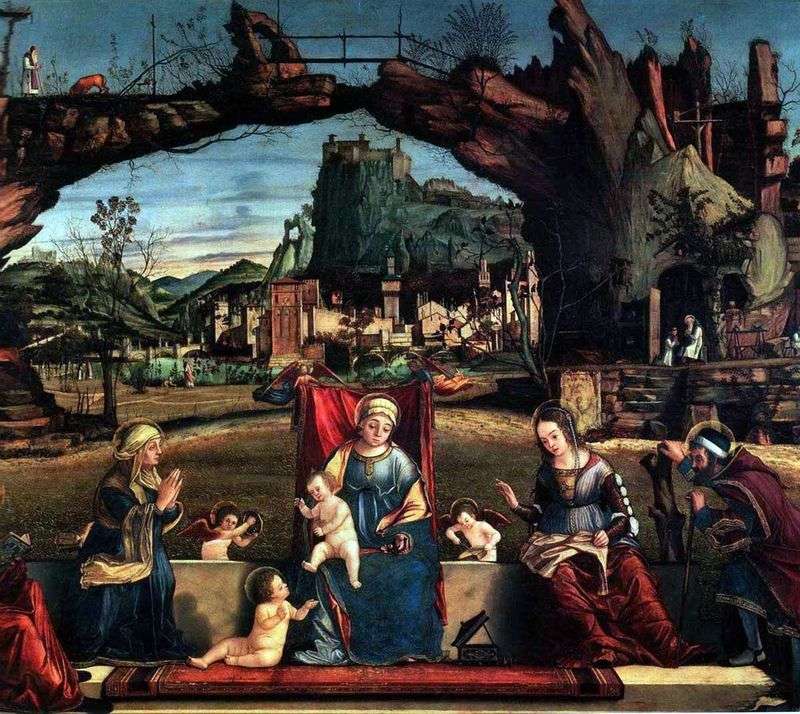
The exact time of writing this picture is unknown, and in different sources you can find different of its datings – from the late 1490s to the early 1510s. Most
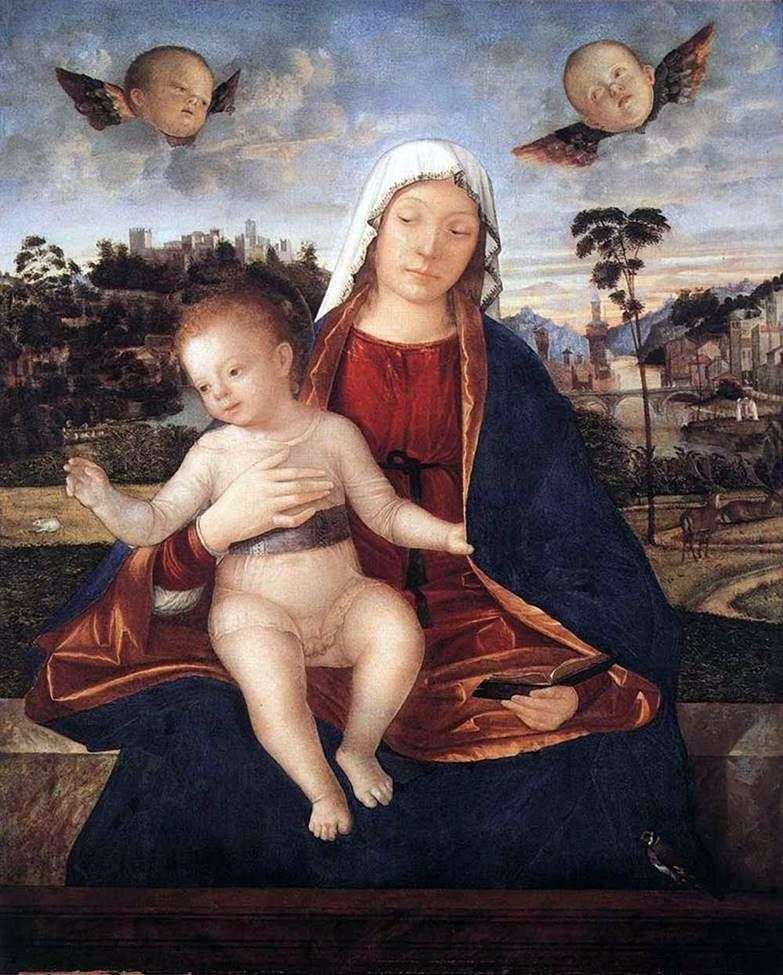
The pupil of Bellini Vittore Carpaccio, who introduced into the religious plot purely Venetian naturalistic details, did not forget that the picture must first of all be a decoration and
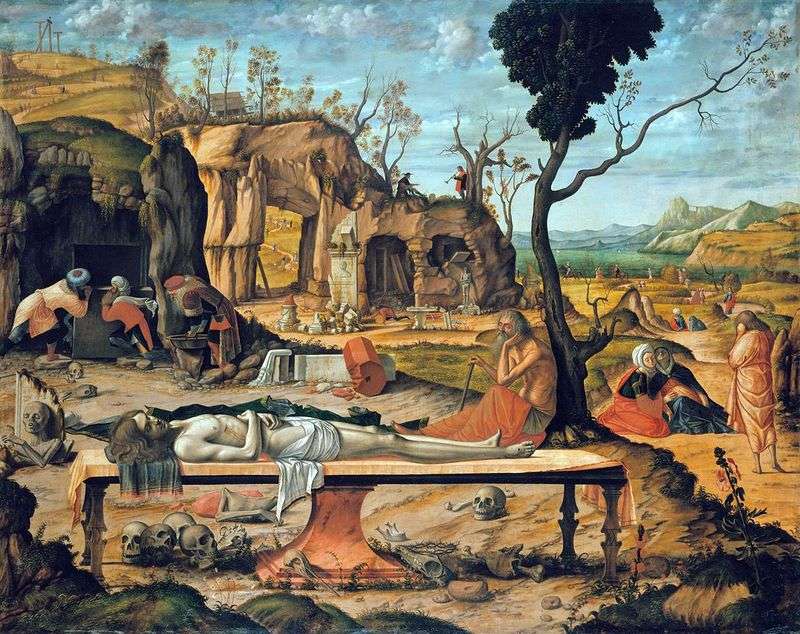
Picture of Vittore Carpaccio “The Dead Christ”. The size of the painting is 145 x 185 cm, canvas, tempera. The shed body of Jesus Christ on a bench covered with